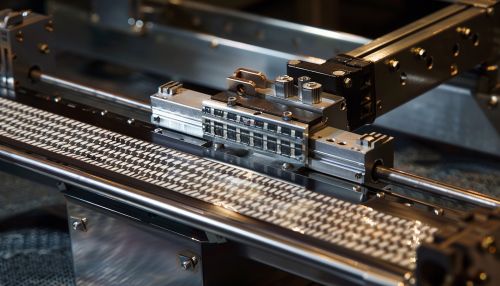Turing machines
Introduction
A Turing machine is a theoretical computational model, proposed by British mathematician Alan Turing in 1936. It was introduced as a simple device to formalize the concept of computation and has since become a fundamental concept in the field of theoretical computer science.
Definition
A Turing machine is an abstract machine that manipulates symbols on a strip of tape according to a table of rules. It consists of an infinite-length tape divided into cells, a head that can read and write symbols on the tape and move the tape left and right one cell at a time, and a state register that stores the state of the Turing machine, one of a finite set of states.
Operation
The operation of a Turing machine is determined by its set of states and transition function. The transition function takes the current state and the symbol currently under the head, and outputs a new state, a new symbol to be written on the tape, and a direction for the head to move. The machine continues operation until it reaches a state for which there is no defined transition, at which point it halts.
Turing Completeness
A computational system that can simulate a Turing machine is said to be Turing complete. This is a significant concept in computer science as it provides a standard by which the computational power of different models of computation can be compared. All modern computers are Turing complete, meaning they can perform any computation that a Turing machine can, given enough time and memory.
Universal Turing Machine
A Universal Turing Machine (UTM) is a Turing machine that can simulate the operation of any other Turing machine on its input. The concept of a UTM is significant as it was the first demonstration of the concept of a programmable computer.
Applications and Implications
While Turing machines are not used in practice, they have significant theoretical implications. They have been used to prove fundamental results in computer science, such as the Church-Turing thesis, which states that a function is computationally solvable if and only if it is computable by a Turing machine. They are also used in the study of computational complexity theory, which studies the resources required to solve computational problems.
See Also


